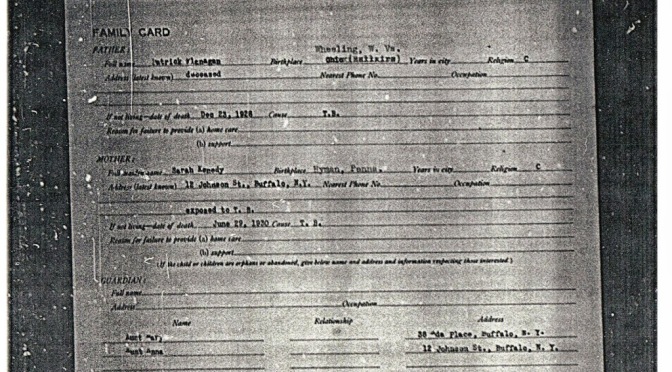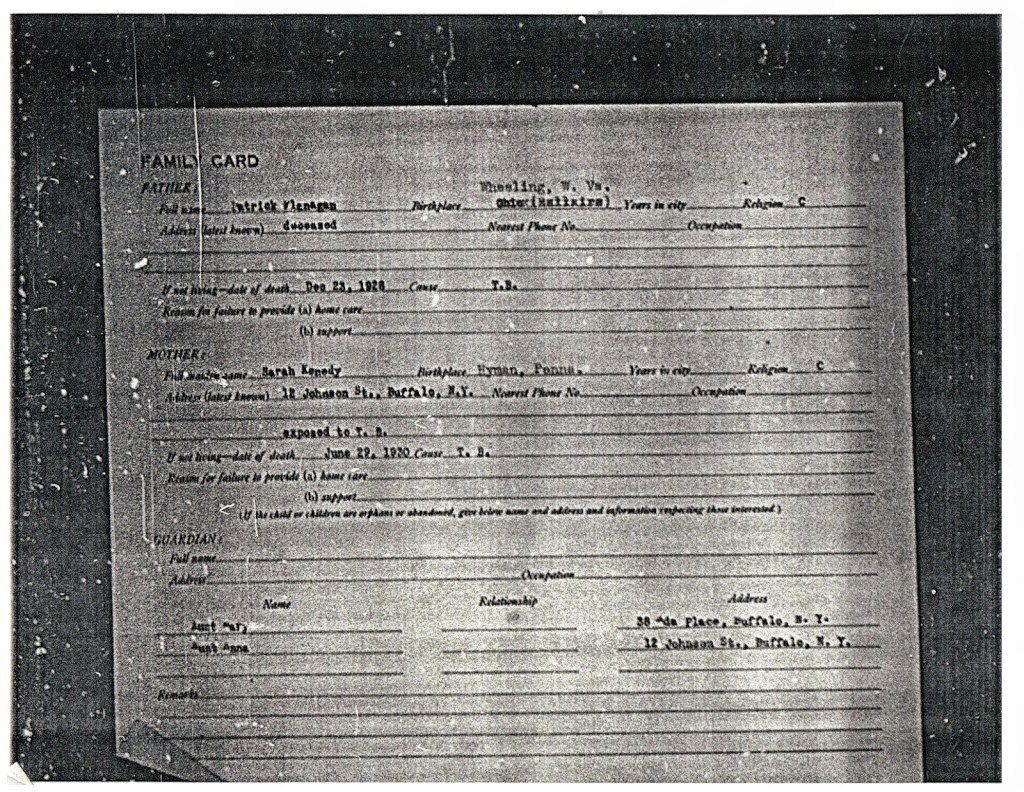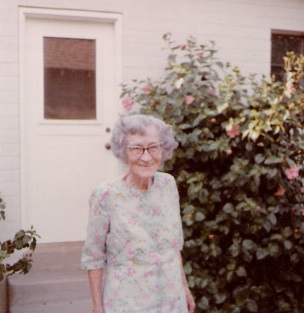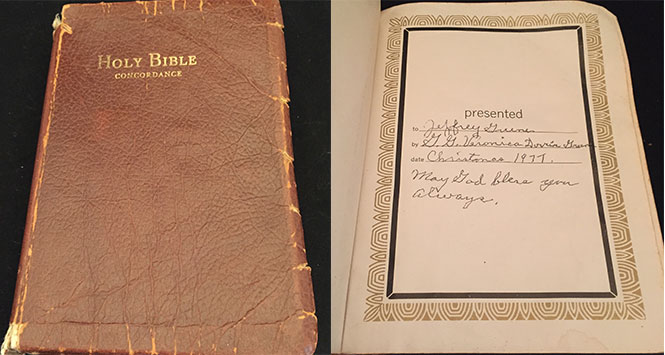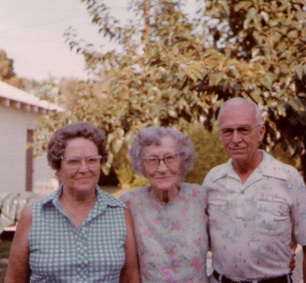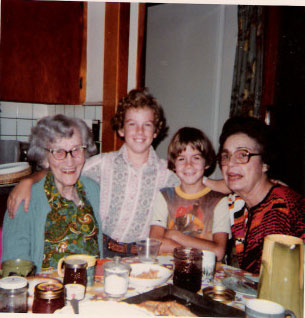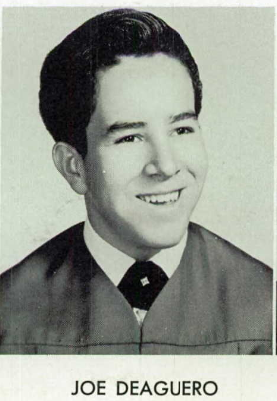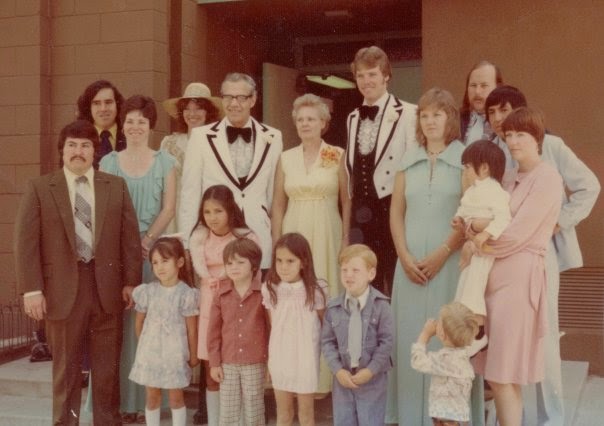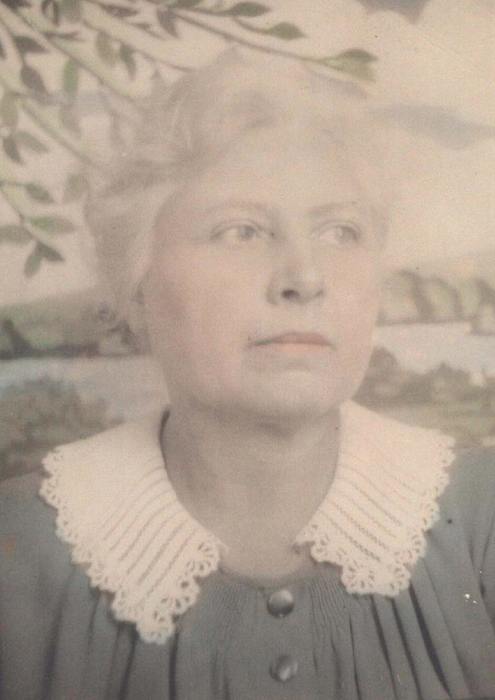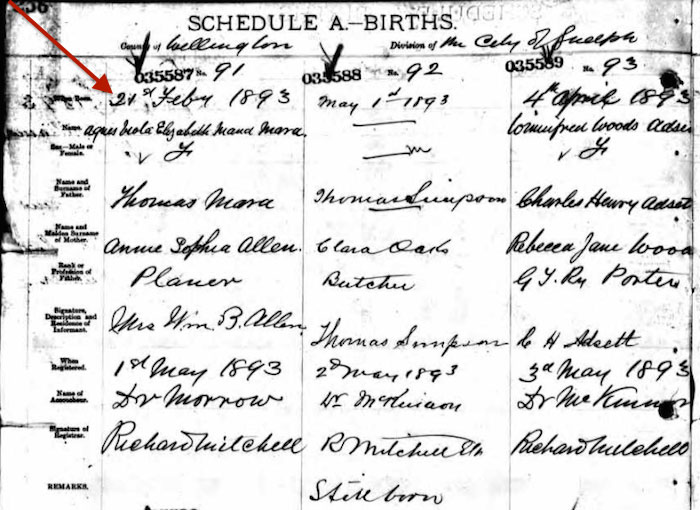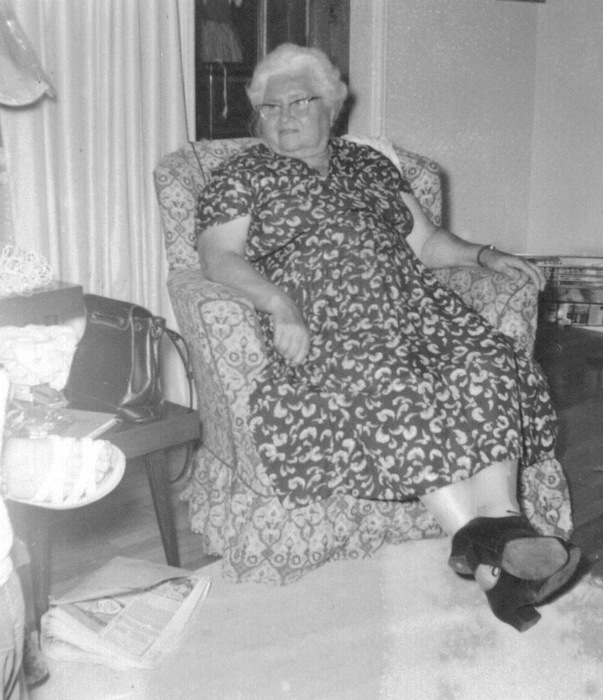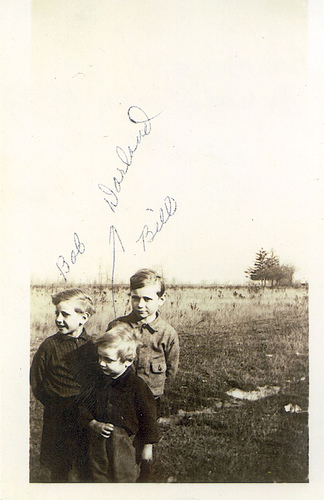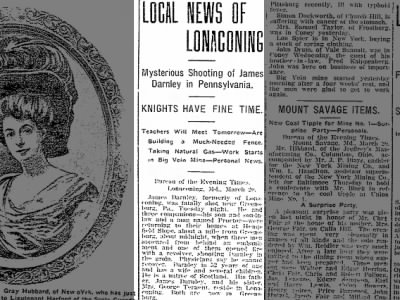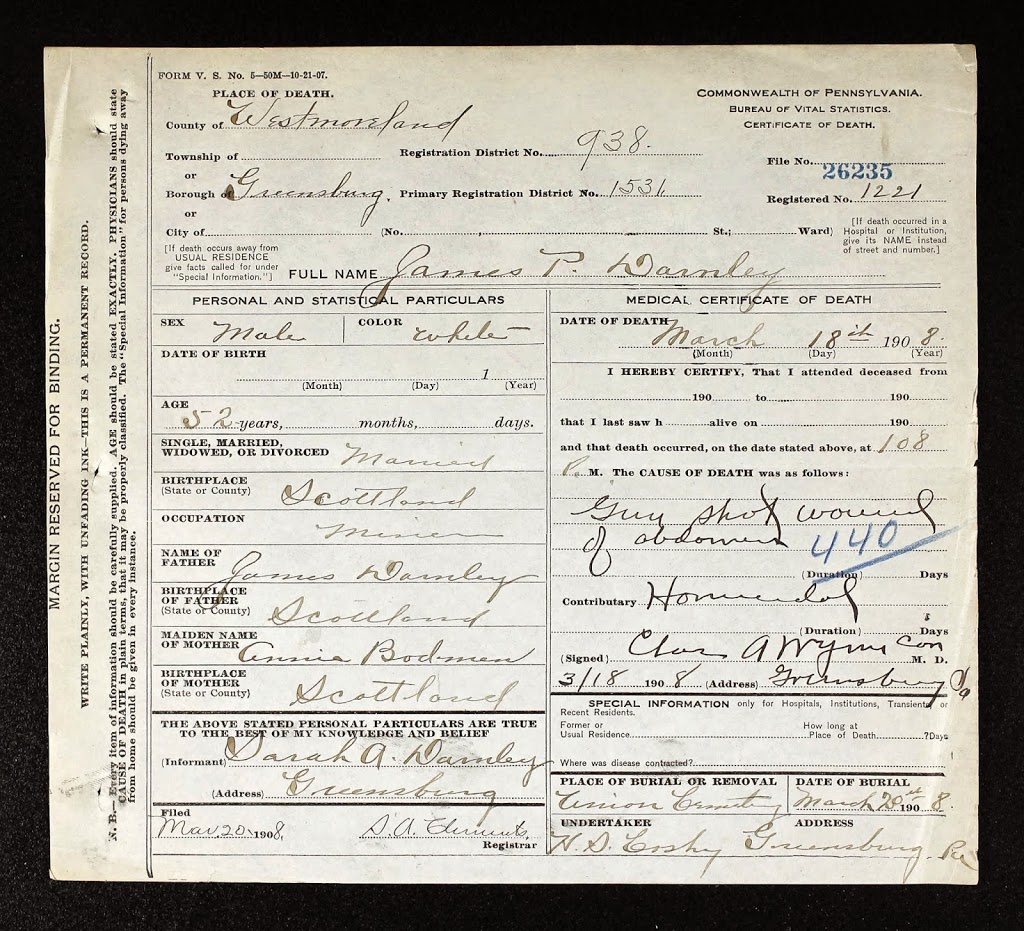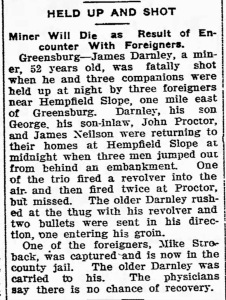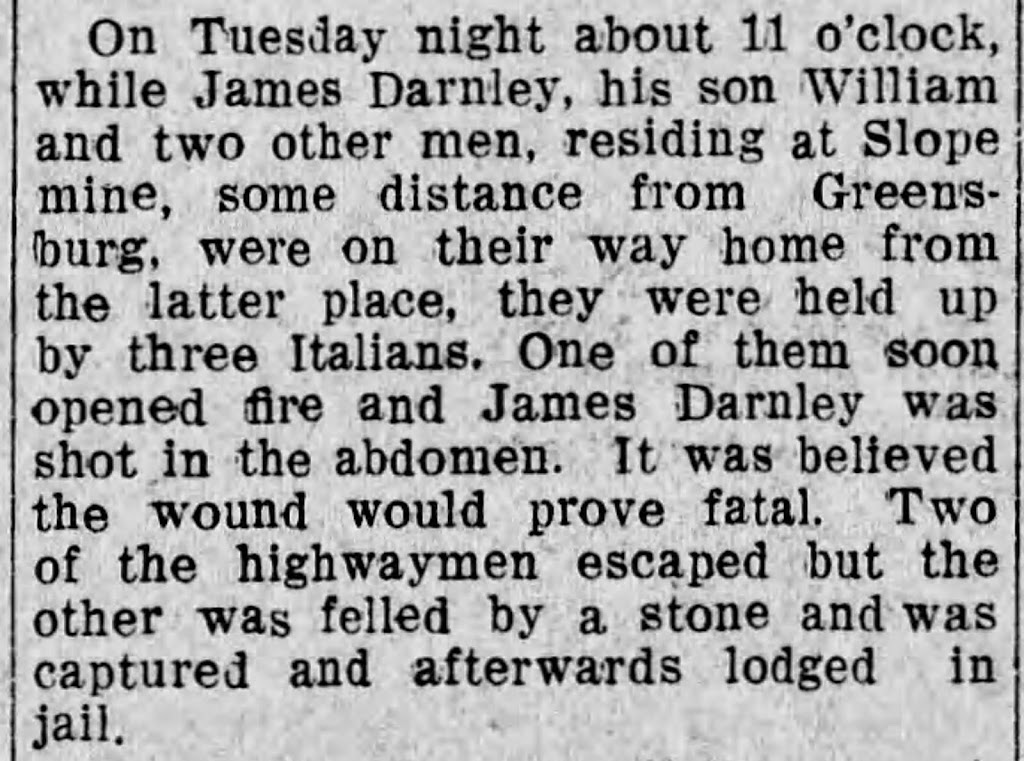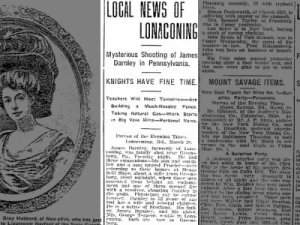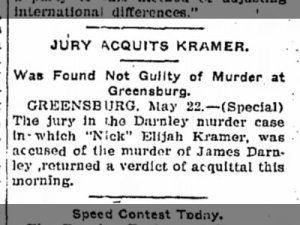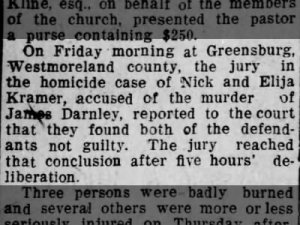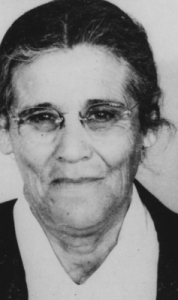 My 14th entry in Amy Johnson Crow’s “52 Ancestors in 52 Weeks” family history blogging challenge for 2015.
My 14th entry in Amy Johnson Crow’s “52 Ancestors in 52 Weeks” family history blogging challenge for 2015.
The challenge: have one blog post each week devoted to a specific ancestor. It could be a story, a biography, a photograph, an outline of a research problem — anything that focuses on one ancestor.
Amy’s 2015 version of this challenge focuses on a different theme each week.
The theme for week 14 is Favorite Photo: Who is in a favorite photo of yours? Or tell the story of the photo itself — where was it taken, what was the event?
My 14th ancestor is my great-grandmother, Maria Hermalinda Nieto (1887-1973).
Cleaning through some forgotten files last week, I came across a bunch of old photos that I had taken out of my baby books decades ago and transferred to a new scrapbook album of favorite photos that I took with me to U.C. Berkeley when I went away to college after high school. These photos were still on those 27 year old horrible adhesive album pages, removed from my scrapbook, and got misfiled years ago during one of my many moves. How I never came across these again until now, I don’t know. How I managed to never scan these photos before, I don’t know. But, I am thrilled to have made this recent discovery! And I have since carefully removed all photos from those horrible destructive adhesive albums, and scanned them.
My Favorite Photo
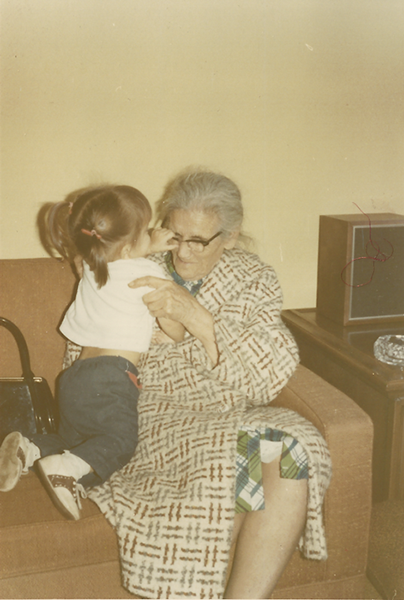
One of those photos is this one — my favorite photo. The ONLY photo I have with my great-grandmother, Maria (Nieto) Robledo, who died when I was just over three years old. I thought I had lost this. I was overjoyed to find it again!
My Great-Grandmother
Maria Robledo — affectionately called “Nana” by her grown children, grandchildren, great-grandchildren, and now great-great-grandchildren — was the paternal grandmother of my father, and she is the woman who raised him since he was a young toddler. She was a tiny little (approximately 5 foot tall) woman with a huge heart and giant presence. The name “Nana” is only ever uttered among our extended family in the most tender loving tone.
Maria outlived her husband, Jose Robledo (1875-1937), by over 35 years. The two of them lost everything back in their small San Luis Potosi, Mexico village during the Mexican Revolution, and immigrated to the United States in 1915, in hopes of beginning a new life for their young family (they had a 5 year old and a 3 month old). The family called Long Beach, California their first U.S. home, moving in with siblings and members of Nana’s extended family who had already immigrated here. Nana was widowed at about 50 years of age, but with at least six (ages 18 down to 6-1/2 years old) of their eight children still living at home. Even before Maria’s own youngest children were grown, she became mother to four of her very young grandchildren — including Dad.
Despite Jose having lived in the U.S. for almost 22 years, because the majority of his children were still so young when he died, it would be Nana who shaped and molded the American version of their family.
Why My Favorite?
So why is this photo, from among so many treasured photos from my childhood, the one I selected as my favorite?
Because this photo reminds me of the first time I remember seeing my dad cry.
And for a little 3 year old girl, seeing her strong daddy cry is a big big deal.
You see, I don’t remember the moment captured in this photo, of climbing on my Nana’s lap, teasingly trying to take her glasses off her face. My great-grandmother was a huge presence in our family and lives, yet I only have one memory of her…seeing her right before she died.
I have always had a vivid memory of looking in through a window, to Nana and Dad standing on the other side of that window, and my infant brother, Mom, and I all waving at them. That’s it. My one memory of my great-grandmother. Mom tells me that was a hospital visit, shortly before Nana died. We little ones either weren’t allowed in to see Nana, or Mom and Dad just thought it best we didn’t go inside. So we found Nana’s hospital room window, and waited outside of it, while Dad went inside and wheeled her up to the window so she could see us. I think I remember blowing kisses and laughing. No doubt, Mom tried to make a fun loving game of it for us, seeing which of us could blow Nana the most kisses.
I don’t think we ever saw her again.
Shortly after that visit, I remember being at home, and peaking inside my parents’ bedroom. Dad was sitting on the edge of their bed…crying. I had never seen him cry before.
It was so upsetting to me that I ran down the hall to find Mom, to tell her something was wrong, because my daddy was crying. He never cried. I distinctly remember Mom taking me in her arms, and explaining to me that Dad was crying because he was sad, because Nana had died. I wasn’t sure at that age what it meant for someone to die. All I knew was, it had to be something really really sad. Because my daddy was crying.
Because he had just lost the only mother he ever really knew, his grandmother.
Seeing Dad Cry Again
The next time I remember seeing Dad cry? When I graduated high school.
When he gave me a silver dollar that he’d been holding on to for a long time. The silver dollar that Nana had given to him when he graduated high school. This strong immigrant woman, who had started a life all over again for her family in a new country, never knew a time without financial struggles in her new country. My grandfather and his siblings grew up poor. Dad and the other grandkids raised by Nana grew up poor. It meant a lot, literally and symbolically, for Nana to save a silver dollar.
But Nana knew that education was the key to her family overcoming being poor.
Dad was the first of their family to get a college education. I can only imagine what joy it brought Nana to see one of her grandchildren go to college!
And giving me that silver dollar made Dad cry. Again.
Now, of course, as he’s grown older, my dad — who has always been a big softie — cries often. They are almost always tears of happiness.
[contentblock id=3 img=html.png]
